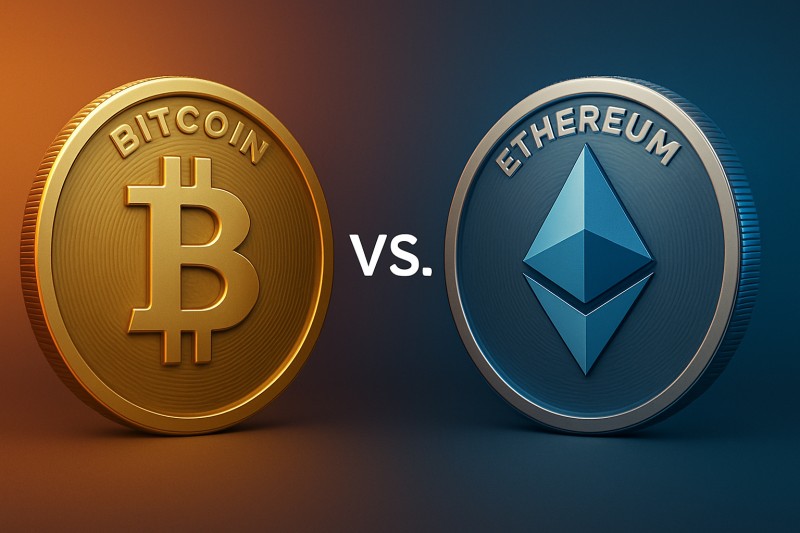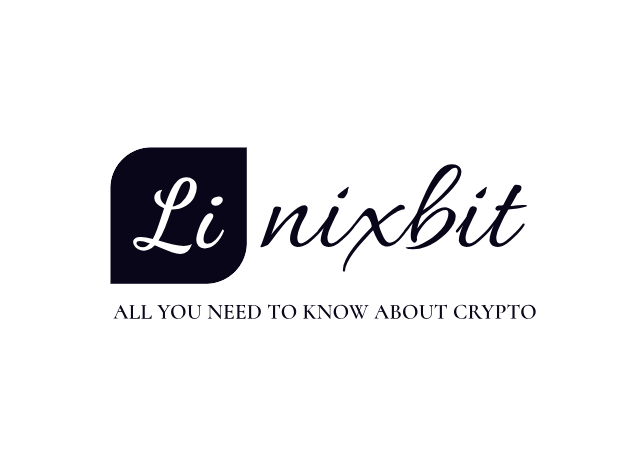Cryptocurrency evolution has accelerated to provide users with options beyond monetary transactions. Now many people hold or trade ethereum but what is Ethereum? Ethereum stands out as a leading innovation because its blockchain platform has transformed people’s expectations for digital networks. Bitcoin created decentralized currency yet Ethereum expanded this idea through the development of programmable smart contracts and decentralized applications. This article examines Ethereum’s objectives and functions while contrasting its technology with Bitcoin and investigating how it influences modern technology and financial systems.
The Origins of Ethereum
For those curious about what is Ethereum and where did it start, in 2013 programmer Vitalik Buterin who possessed a profound interest in blockchain technology first proposed Ethereum. Buterin saw Bitcoin’s primary limitation as its focus on peer-to-peer currency transfers which led him to develop a flexible platform. The conceptualization of Ethereum resulted in its official release in 2015 through the efforts of developers from around the world. ETH serves as the primary digital currency of Ethereum which users need to execute transactions and run applications within the network.
Ethereum introduced a programmable blockchain that enabled developers to write code and build applications without depending on centralized entities to create contracts. This transformation initiated a new chapter in blockchain development by highlighting applications that extend past monetary functions.
How Ethereum Works?
Now that we have explored what is Ethereum, we need to understand that Ethereum functions as a decentralized blockchain network with built-in support for smart contracts. The blockchain functions as a distributed ledger system that logs transactions throughout a computer network while maintaining both transparency and permanence of data. The Ethereum network ensures the security of each transaction and program execution by verifying them before recording on the blockchain to prevent tampering and censorship.
The core of Ethereum’s functionality stems from smart contracts which execute automatically through coded agreements. Smart contracts execute themselves automatically when specified conditions occur which eliminates the requirement for third-party services like lawyers or banks. Through smart contracts, a crowdfunding campaign can be managed to release funds only after a specific fundraising target is achieved.
The platform operates through its native cryptocurrency Ether which powers all its functions. The Ethereum network uses Ether to fund its computational processes while promoting fair resource distribution and encouraging network maintenance among participants.
The Shift from Proof-of-Work to Proof-of-Stake
Proof-of-work (PoW) served as Ethereum’s initial consensus mechanism which enabled miners to utilize computational power to solve complex problems for transaction validation. The system operated effectively but required large amounts of energy which posed sustainability challenges.
Ethereum changed its operating model by adopting proof-of-stake (PoS) in 2022 to address sustainability concerns. The PoS system selects validators to handle block proposal and verification tasks instead of miners. Validators face the potential loss of their ETH staked as collateral if they engage in dishonest behavior. Ethereum achieved a substantial reduction in energy consumption through its transition to proof-of-stake while preserving both security and decentralized control.
Ethereum’s transition to proof-of-stake represented a significant achievement for Ethereum because it addressed environmental concerns while demonstrating the platform’s ability to adapt.
Ethereum’s Unique Capabilities: Smart Contracts and dApps
Ethereum stands out in the blockchain world because it enables smart contracts and decentralized applications (dApps) to operate on its platform. Decentralized applications operate on distributed networks which reduces their exposure to single points of failure and protects them against censorship or manipulation unlike traditional applications running on centralized servers.
The applications serve multiple functions including DeFi platforms for bank-free lending and borrowing services and games that enable users to possess in-game assets through non-fungible tokens (NFTs). The adaptable nature of Ethereum lets developers construct sophisticated systems that function both openly and without human intervention.
The ecosystem relies on smart contracts to execute rules and agreements without trust requirements. Smart contracts on decentralized exchanges facilitate trading by automatically pairing buy and sell orders which eliminates the need for a centralized authority.
Ethereum vs. Bitcoin: Key Differences
After understanding what is Ethereum, lets examine Ethereum vs. Bitcoin. Ethereum and Bitcoin both operate using blockchain technology but were created with different goals and structural frameworks. Bitcoin was established as a digital currency which limits its total supply to 21 million coins and emphasizes direct peer-to-peer monetary transactions. The Ethereum platform focuses on decentralized computation without a preset limit on Ether’s total supply.

Another key distinction lies in programmability. Developers use Solidity to create sophisticated smart contracts and decentralized applications on Ethereum. The scripting language of Bitcoin only handles basic transactions and does not offer the necessary flexibility needed to develop decentralized applications.
Ethereum also processes transactions more quickly. Ethereum creates new blocks every 12 to 15 seconds which enables quicker transaction confirmations in comparison to Bitcoin’s average block time of 10 minutes.
Why People Invest in Ethereum?
Knowing what is Ethereum, consider the value of Ethereum goes beyond its cryptocurrency functionality. The majority of investors view Ethereum as the bedrock for building Web3 which represents the new decentralized internet. Ethereum drives a shift to more transparent systems and user-controlled applications by allowing decentralized application development.
The growing need for decentralized finance solutions and NFT platforms alongside blockchain innovations has increased interest in Ethereum. ETH attracts developers who value its strong ecosystem while investors see it as an entry point into an expanding digital economy.
Ethereum’s latest enhancements like the PoS transition and sharding introduction divide the blockchain into smaller segments to increase network speed and scalability. The recent developments indicate Ethereum’s strategic plan to become a flexible platform that supports worldwide-scale applications.
The Road Ahead for Ethereum
The Ethereum network undergoes constant evolution through active research and development which aims to enhance both its scalability and security along with improving user experience. The planned introduction of sharding upgrades will enable Ethereum to process more transactions efficiently and scale better while maintaining its decentralized structure.
Ethereum now competes with emerging blockchain platforms which promise faster transaction speeds and reduced costs. The strong developer network alongside the established ecosystem and history of pioneering advances maintain Ethereum’s competitive edge.
The shift to PoS and support for various applications show Ethereum’s adaptive nature which establishes its position as a blockchain industry pillar. Ethereum serves multiple roles beyond its function as a cryptocurrency for developers and investors as well as users. Ethereum serves as an innovation hub and experimental environment for novel concepts while showcasing a model of decentralized future possibilities.
Conclusion
In this article we explored what is Ethereum and how it works. Ethereum has transformed our understanding of blockchain technology. Ethereum’s support for smart contracts and decentralized applications together with a sustainable consensus mechanism fuels the expansion of decentralized finance and the Web3 ecosystem. Ethereum’s ongoing growth and innovation demonstrates the strength of open-source collaboration and shows how decentralized systems can transform digital interaction and building practices.


